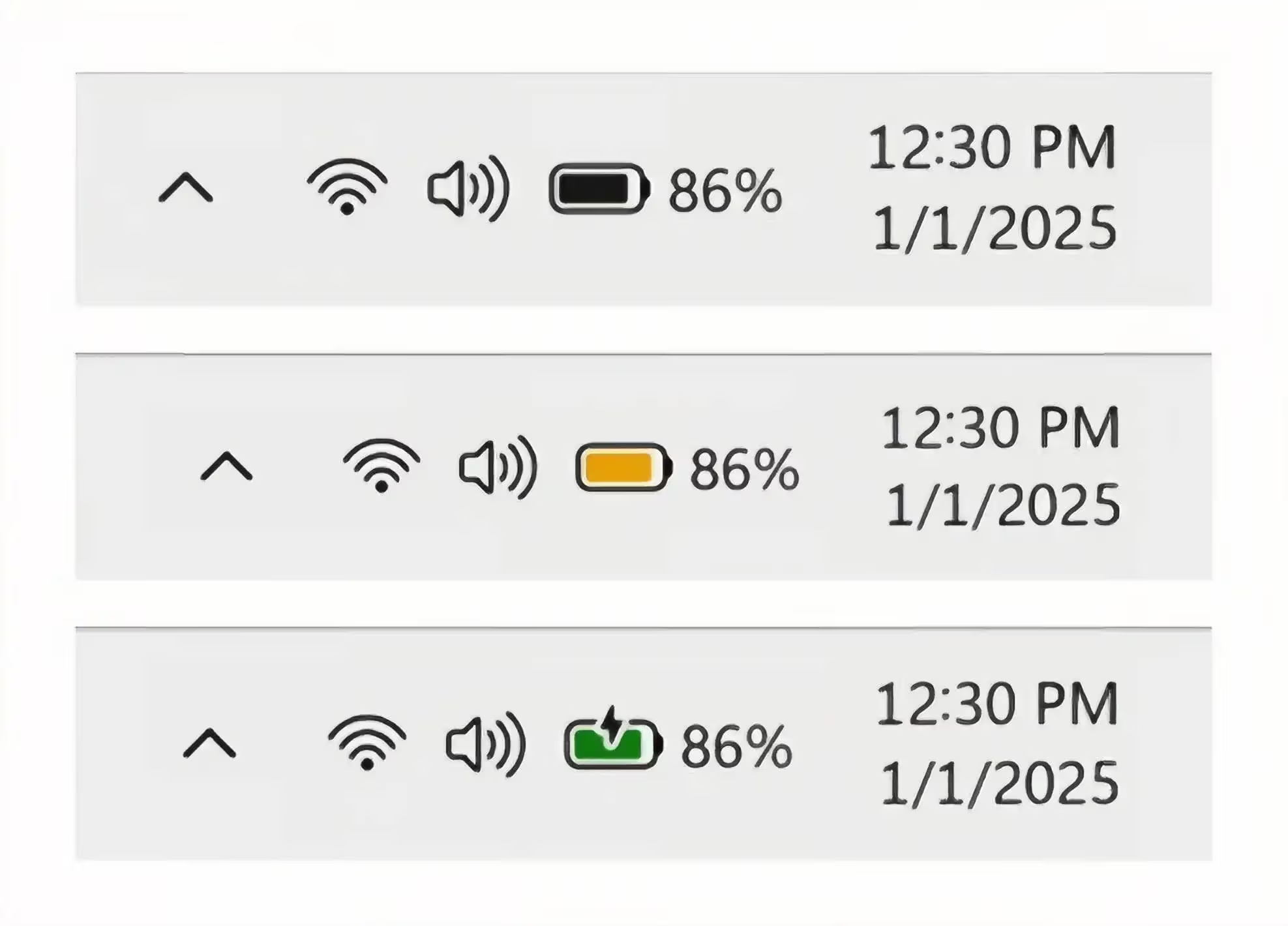Microsoft is testing adaptive power-saving mode in Windows 11

Microsoft has introduced an experimental Adaptive Power Saving Mode feature available in Canary Channel Windows 11. The new technology extends the time a laptop can run without charging by automatically enabling power-saving measures in the background.
When a laptop’s charge is low, Microsoft is testing a new power-saving feature. The company unveiled the “self-healing” technology in Release Preview Channel last week, and inside the more experimental Canary Channel, a test adaptive power-saving mode is available. When idle or low load is detected, Windows automatically pauses file synchronization, disables the transparency effect, suspends non-critical updates, and limits background applications. The screen doesn’t darken, so you can continue working without straining your vision.
Adaptive Power Saving Mode is manually enabled and disabled by default. One of the mode’s measures is to pause background synchronization with OneDrive, signaling the prioritization of cloud saving over saving a few minutes of battery life. Modern mobile processors – from Qualcomm’s Snapdragon to Intel’s Core Ultra Series 2 (Lunar Lake) – keep laptops running almost all day, so the need for such solutions is dwindling. But extra battery life never hurts, especially when an outlet isn’t available.
The story Microsoft tests adaptive power-saving mode in Windows 11 was first published at ITZine.ru.








